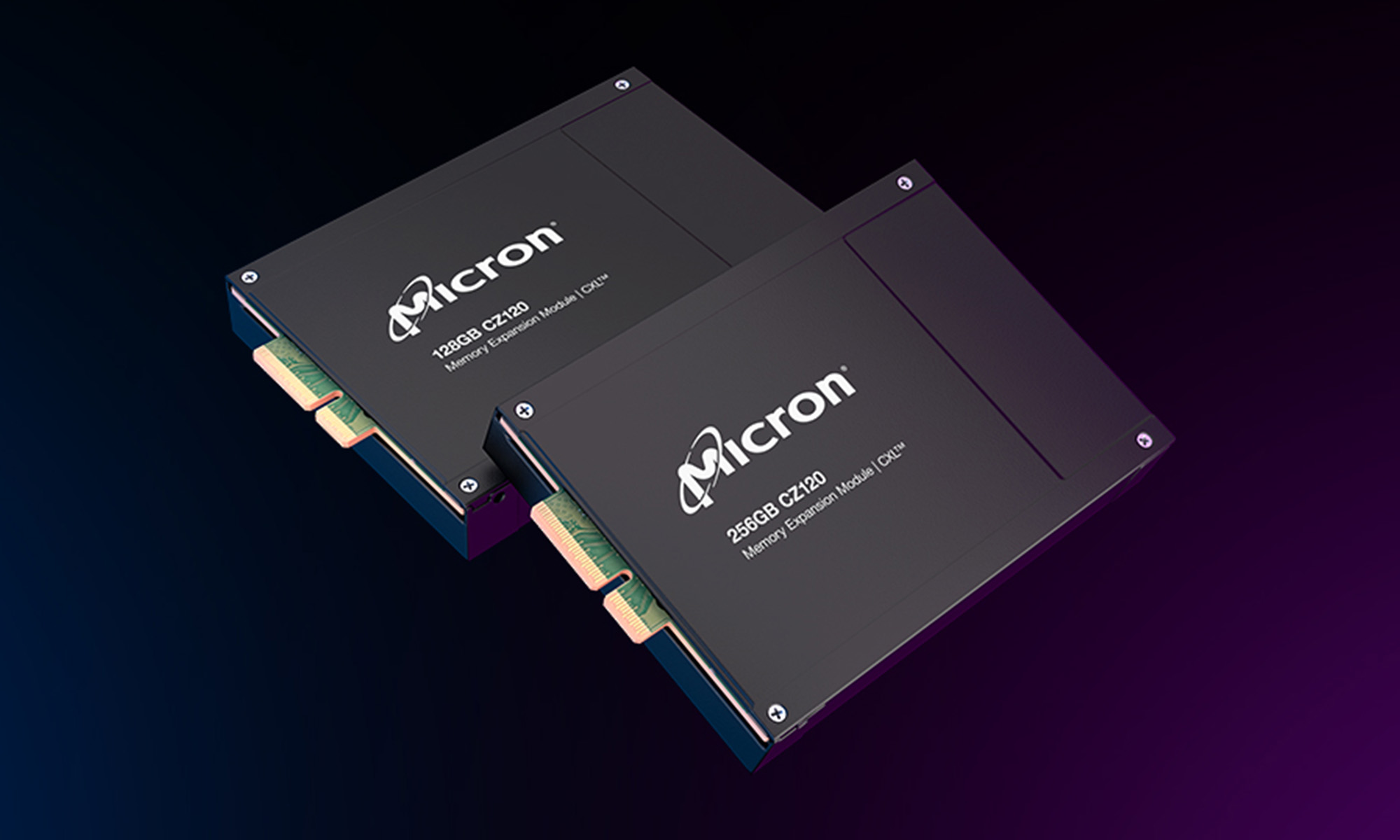Micron Technology's (MU 1.99%) stock has surged 319% over the past three years, as of Nov. 18. Most of that massive total return was fueled by its brisk sales of memory chips to artificial intelligence (AI) system builders.
Micron's performance can't compare to Nvidia's of course. Nvidia quickly emerged as the place to go for your high-end AI training hardware needs while Micron is one part of a global trio of dominators. South Korean tech giants Samsung (SSNL.F +56.02%) and SK Hynix are dueling for first place in key product categories, while Micron quietly builds its third-place market share. Meanwhile, the memory-chip market itself is skyrocketing because of explosive demand for AI-specific memory installations.
The stock price has skyrocketed in recent months, sparking new life in a formerly stalled long-term growth chart. At this point, Micron investors have pocketed a total return of 319% in three years, capturing the impact of the ongoing AI boom. Can the memory maker keep this momentum going with another quadrupling of its share price in the next three years?
Why Micron won't quadruple again (and that's OK)
Long story short: A 319% gain by the end of 2028 is a stretch. Micron has momentum on its side, and there's no denying that the memory-chip opportunity is hot right now.
Is it enough to give Micron a trillion-dollar market cap that quickly, though? I don't see it -- but Micron can be a great holding at much slower price climbs. A 61% annual increase is simply too much.

NASDAQ: MU
Key Data Points
The memory chip shortage is getting wild
Don't get me wrong -- Micron is a great long-term holding, and I warmly recommend buying some. That's true even now, just days after reaching an all-time high on Nov. 10.
This could be the start of a much greater gain. There's a chip shortage in the memory market, because of (all together now!) heavy demand from AI system builders. Samsung is raising its chip prices by 60% in two months, most likely inspiring similar price changes from Hynix and Micron.
This is a familiar pattern in a cyclical industry. A bullish supply and-demand balance results in higher unit prices, and customers are still buying because they need those darn memory chips. At some point, boosted manufacturing capacity will meet slower demand growth (or even lower order volumes, perhaps), and the chip prices will fall.
You can count the cycles in the memory industry by looking at Micron's stock chart. It's the fourth distinct upturn in the last 15 years. The upturns have included the early rise of smartphone sales, the beginning of the software-as-a-service era, and the 2020 work-from-home episode. Downturns usually represent market saturation and oversized manufacturing upgrades, along with economic jitters.
What 13 years of holding Micron has taught me
This stock has been very good to me over the years. It's also a tremendous roller-coaster ride.
The modest position I started in July 2011 is up by 2,833% so far. I was tempted to take some profits off the table when Micron gained 467% in the two-year span of 2013 and 2014. After a painful 60% drawdown in 2015, Micron was back to the sell-tempting races with a 190% price gain in the next two years.
But if I had closed out my Micron position at the end of 2017, I would have capped my gains at a $41 share price. After the higher jump ending in Dec. 2014, I'd have settled for $35 per share. That would be a shame, given the $254 price tag I see today.
I'd rather hold my Micron stock through another downswing and the next recovery than sell now and miss bigger long-term profits.

Image source: Micron Technology.
Why I won't sell Micron, despite lofty prices
I don't know exactly what happens next. The exact opposite of a price war is going on, which suggests a continued price climb. At the same time, the good times never last forever and Micron will surely take a price correction when the AI demand slows down.
Will that happen in the next three years? Nobody knows, and my legendary time machine is always in for repairs. But Micron investors are already baking plenty of future market growth into the stock price. The stock is valued at 7.0 times trailing sales today, miles ahead of the 3.9 average over the past five years.
I'm seriously thinking about cashing in the profits on a small slice of that Micron position, just to rebalance and diversify that particular sub-portfolio. Then again, I'd probably regret that in the long run.
So I don't expect Micron's stock to match its 319% three-year gain over the next period of the same length. But I do know that I don't mind owning this deeply cyclical stock for the long haul.





